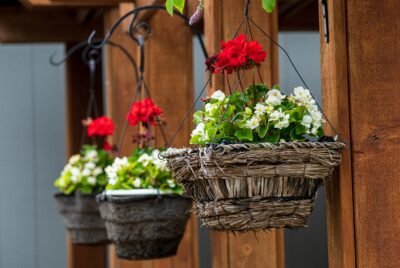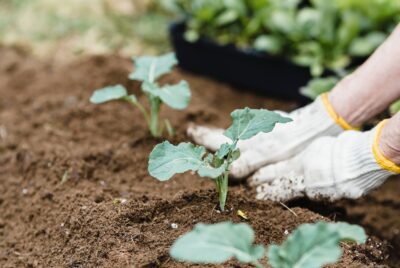RESEARCH
Health-Related Benefits of Different Indoor Plant Species in a School Setting
Summary
This study looked at how different types of indoor plants can improve the air quality, comfort, and acoustics in school classrooms. Researchers installed four vertical green walls using common houseplants—golden pothos, Boston fern, spider plant, and a mixed group—and measured their effects on humidity, temperature, CO₂ levels, fine dust (PM), sound levels, and mold spores over several months. Sensors were placed close to the plants to track changes in real time. The goal was to find out which plants made the biggest difference in creating a healthier learning environment without taking up valuable space.
The study found that golden pothos consistently performed best, improving humidity, reducing CO₂ and dust particles, and dampening noise better than the other plants. Boston fern also did well, especially for temperature regulation and air quality. Spider plants were less reliable due to their sensitivity and lower performance in air purification, and had to be replaced during the study. Overall, the green walls did not increase mold levels, showing they are safe and potentially valuable additions to classrooms.







